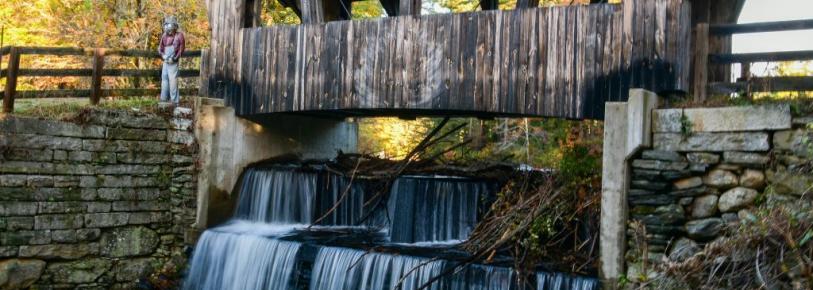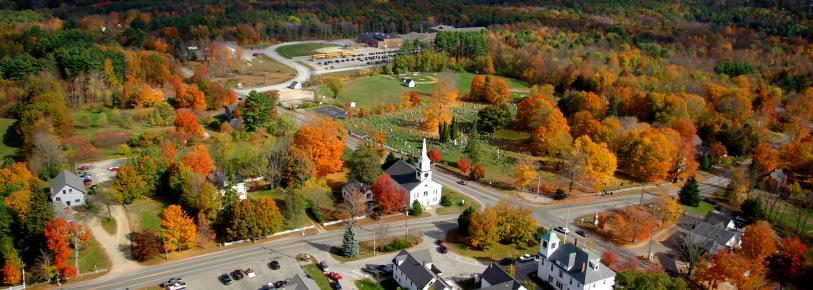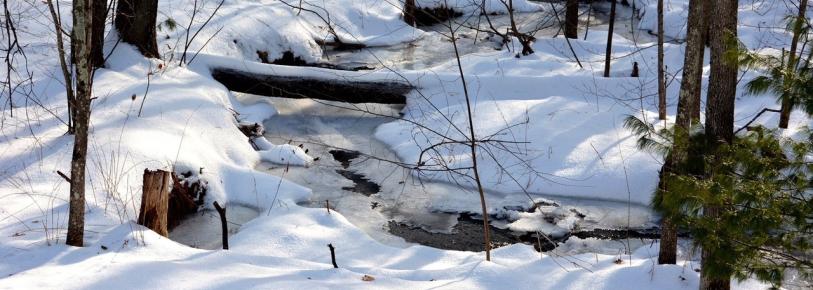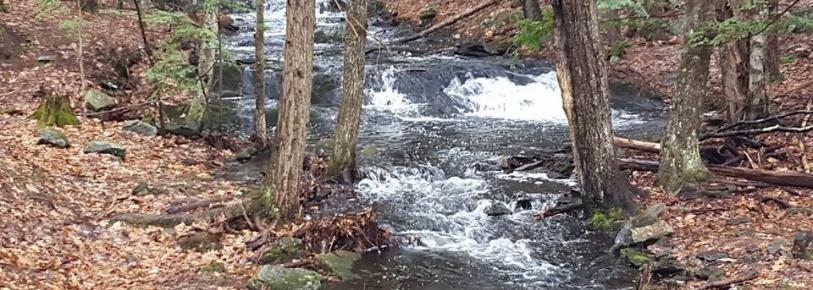Key Ways to Be Disaster Ready
There are many natural disaster preparedness measures you can take to get yourself and your family ready for a natural disaster, including tornadoes, hurricanes, earthquakes, flash floods, and wildfires.
You want to be prepared for any and all emergencies so you can stay safe if and when something unprecedented happens. Poor preparations beforehand can compound a disaster’s impact, potentially leading to a greater chance of hunger and food insecurity, the spread of disease, and psychological scarring.
To limit the damage of natural disasters, you can take strategic steps to become more resilient and capable of withstanding hurricanes, landslides, wildfires, and other potentially destructive events. Disaster preparedness involves taking a number of measures.
Evacuation Plans
Some natural disasters may require evacuations. Evacuation plans include procedures devised to ensure that all those in danger have a way to get to a safe place. Additionally, evacuation plans include strategies for assisting family members or neighbors with mobility issues or other conditions that can impede their ability to evacuate on their own.
Evacuation plans also address issues such as:
- Conditions that make evacuations necessary
- Chains of command that clearly designate roles and responsibilities during an evacuation
- Instructions about how and when to evacuate
- Evacuation routes
Successful evacuations require effective communication, which may be circulated by social media, print media, television, and radio. Stay alert – stay informed.
Develop Evacuation Plans in Advance
Instead of organizing a household evacuation right before or during a natural disaster, individuals and families should plan early. This involves mapping out well in advance various scenarios of where you will go and how you will get there during natural disasters.
Household evacuation plans should account for transportation issues, such as the lack of public transportation or a car. They also should consider main evacuation routes as well as backup routes if roads are blocked. Additionally, they should detail arrangements for shelter at hotels or with family members in different towns or cities out of harm’s way.
Determine What to Take During an Evacuation
During emergencies, people may struggle to think clearly. Checklists with suggested items to take, such as prescriptions, a first-aid kit, bottled water, a laptop, flashlights, and chargers can help remind people to pack critical supplies. A list of important documents to take, such as passports, insurance policies, wills, and deeds can also help prepare community members.
Purchase and Store Emergency Supplies
Natural disasters can cause power outages, affect water systems, and block access to hospitals and other facilities, potentially cutting off access to basic necessities, such as food and medication. As such, one should buy and store emergency supplies in preparation for emergencies.
Determining what emergency supplies to buy and stockpile requires careful assessment of your household’s potential needs and risks. For example, immediately after a hurricane, you may require first-aid kits, shelter, tarps, personal care and hygiene supplies, bottled water, and cots or sleeping bags. Other critical supplies can include the following:
- Emergency and rescue equipment (life vests, emergency lighting)
- Personal safety and protection gear (masks, safety helmets, weather-resistant clothing and footwear)
- Food and cooking supplies (preserved foods, disposable kitchenware)
- Cleanup and rebuilding products (water treatments, disinfecting solutions, waste containers)
Practice Emergency Plans
Emergency plans outline the response measures that you will take when disasters strike. They designate the roles and responsibilities of each family member, identify how you will coordinate your efforts, and detail communication strategies.
However, it is not enough to develop emergency plans. You should practice them so you know how to prepare for a natural disaster. This offers critical benefits, including the following:
- Familiarizing yourself with the procedures of the plan
- Identifying training needs
- Assessing the effectiveness of the plan in practice
- Clarifying roles
Emergency drills involve practicing a specific activity. You can evaluate the actions of participants and compare them with established standards, then address any deficiencies, giving you the opportunity to make adjustments and corrections.
Staying ahead of natural disasters takes planning. While you may never need to use your disaster preparedness plan, having both the plan and the training behind it can pay off should the unthinkable occur.
Prepare for Disasters and Save Lives












